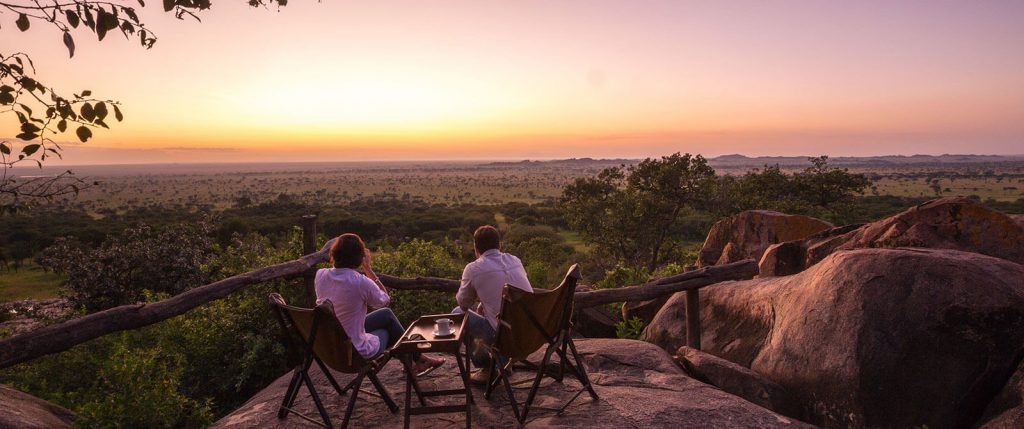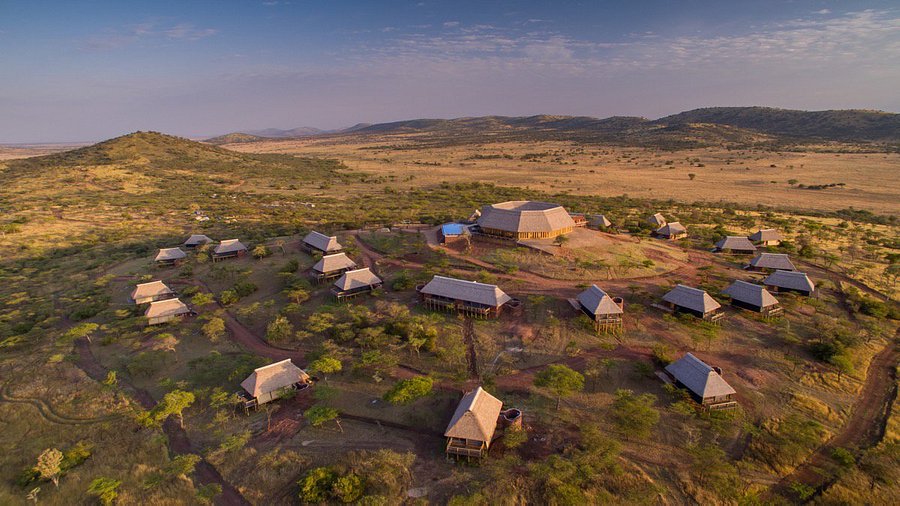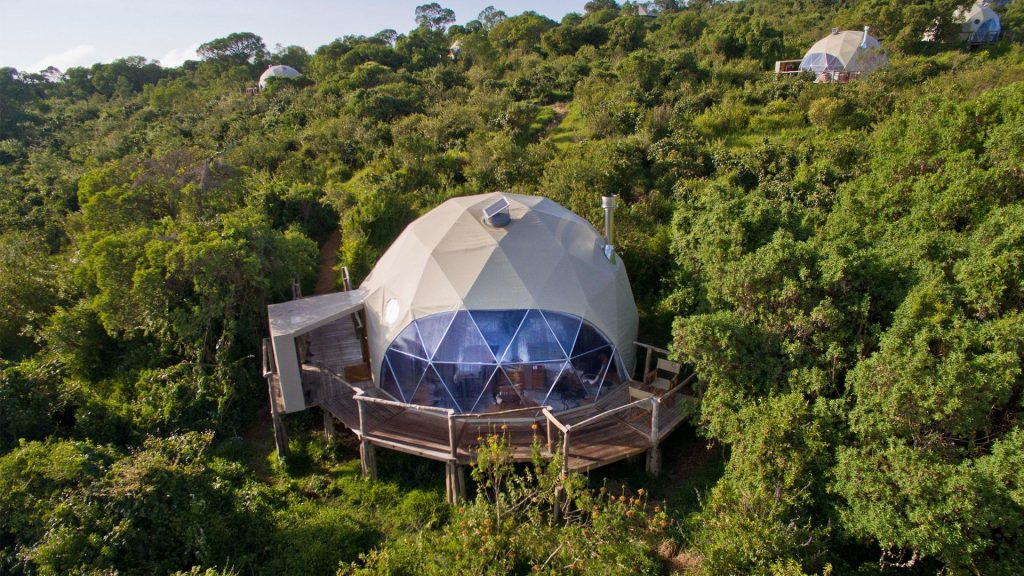The Ngorongoro Conservation Area encompasses the volcanic area around the Ngorongoro Crater, including the still active volcano of Ol’doinyo Lenkai (Lengai) and the famous Oldupai Gorge. The Ngorongoro has an area of 8600 square km. Its centerpiece, the Ngorongoro crater, is the largest intact, unfolded caldera in the world and is considered the as one of the eight wonders of the world.
A 600 meters (2,000 feet) descent brings you to the 12 mile-wide (260 square km) floor of the Crater, home of the largest permanent concentration of wildlife in Africa. It sustain over 300 birds up to 25,000 large mammals including lion and elephant. It is of the areas on the continent for viewing the endangered black rhino.
OTHER SITES TO EXPLORE WITHIN NCA
OLMOTI AND EMBAKAAI CRATERS:
The rim of Olmoti Crater is at 3700 meters but the crater itself is rather shallow. Olmoti Crater is home to bushbuck, eland and occasional buffalo, Maasai and their livestock.
Water flows across the crater to the south part into a relatively small but splendid waterfall known as Munge. Both craters are reachable on foot, but visitors must be accompanied by armed guides.
SHIFTING SAND:
This extraordinary black dune which is composed of volcanic ash from Ol’doinyo Lenkai is blown slowly westwards across the plains at the rate of approximately 100 meters in six years.
LAKE NATRON:
Lake Natron is located out side NCA to the north-east, and is the biggest breeding ground in East Africa for flamingos. The lake is typically alkaline and it is a main source of food for flamingos











